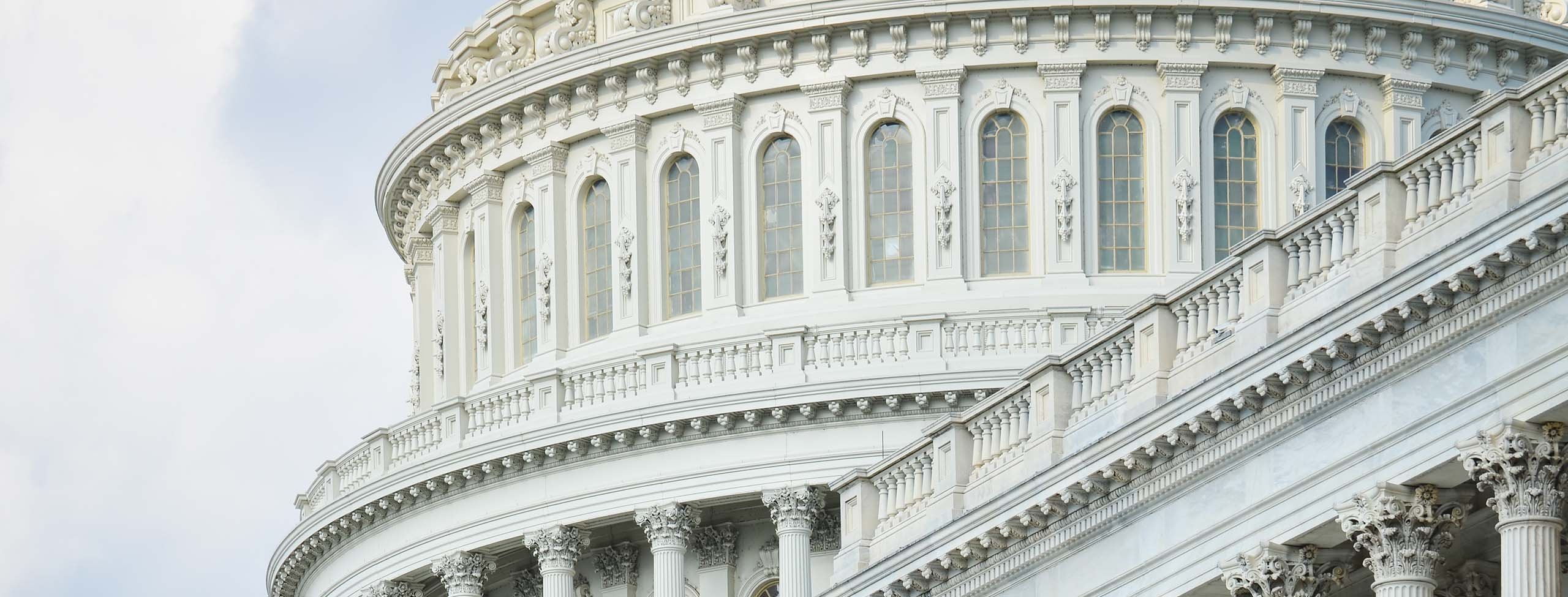16 February 2024 • 5 minute read
Industrials Regulatory News and Trends - February 16, 2024
Welcome to Industrials Regulatory News and Trends. In this regular bulletin, DLA Piper lawyers provide concise updates on key developments in the industrials sector to help you navigate the ever-changing business, legal, and regulatory landscape.
Four senators urge Biden to increase tariffs on Chinese solar panel components. In an effort to help US-based manufacturers, four senators jointly called on the Biden Administration on January 26 to increase tariffs on Chinese solar panel components. The four – Jon Ossoff (D-GA), Raphael Warnock (D-GA), Sherrod Brown (D-OH), and Marco Rubio (R-FL) – asked that tariffs on heavily subsidized modules, cells, and wafers from China used in solar panel production be hiked because they are harming US efforts to reshore domestic solar manufacturing. "Tariffs are needed to avoid dire consequences not only for our economic and national security, but also for the thousands of workers employed by these manufacturers,” the letter stated. “By 2026, China will have enough capacity to meet annual global demand for the next ten years,” presenting “an existential threat to the US solar industry and American energy security.”
March 1 is key compliance date for two state PFAS in Products laws. As Maine and Minnesota forge ahead with their wide-reaching PFAS in Products laws, March 1, 2024 is a key date for businesses to keep in mind. Both states have set that date for comments and submissions related to identification of currently unavoidable uses of PFAS in products. See our alert to learn more.
Massive US investment into semiconductor industry. On February 9, the White House announced the launch of the $5 billion National Semiconductor Technology Center (NSTC) – part of an $11 billion investment allocated to domestic semiconductor research and development by the CHIPS and Science Act. Secretary of Commerce Gina Raimondo said, “CHIPS research and development programs are at the core of our greatest innovations and help to find the solutions for the semiconductor industry’s most pressing challenges.” The technology center, she continued, is a public-private partnership that will help “government, industry customers, suppliers, academics, entrepreneurs, venture capitalists to come together to innovate, connect, network, solve problems and allow Americans to compete and outcompete with the world.” The NSTC will be operated by a nonprofit entity, the National Center for the Advancement of Semiconductor Technology, or Natcast, and will consist of a physical headquarters, whose location has not been decided yet, and a geographically distributed network of “affiliated technical centers.”
Colorado takes key step to bring about major increase in recycling. On January 31, Recycling Today reported that Colorado has completed a key step in its effort to increase its percentage of paper and consumer packaging products that are recycled from just about 25 percent to as much as 60 percent by the year 2035. This would be achieved through a producer-funded statewide recycling program. The step just completed was the submission of an assessment of the state’s current recycling program by the Circular Action Alliance (CAA), the nonprofit organization formed in response to the passage of Colorado’s new recycling act, to the Colorado Department of Public Health & Environment. According to the CAA, the needs assessment shows the program’s potential to more than double the state’s current recycling rate for the materials covered by the law. Colorado’s new statewide recycling program will be funded completely by the companies that supply consumer packaging and paper products sold into the state, and the alliance must provide all Coloradans with equitable and convenient recycling services.
EPA moves against companies that illegally import hydrofluorocarbons. On January 29, the Environmental Protection Agency announced it is fining a geothermal power company, Open Mountain Energy, for trying to import nearly 20 metric tons of hydrofluorocarbons (HFCs) into the US. HFCs are human-made chemicals primarily used in refrigeration, air conditioning, insulating foams, and aerosol propellants. Compared to carbon dioxide, HFC emissions are a tiny fraction of total greenhouse gas emissions, but their high warming potential means their impact on global warming can be hundreds to thousands of times greater than that of CO2 per unit of mass. The EPA noted that the HFCs that Open Mountain Energy sought to import, if released into the atmosphere, would be “the equivalent of 20,600 tons of CO2, or the same amount of CO2 produced from powering 4,008 homes with electricity produced from coal for a year.” This action is being seen as the latest move in an EPA crackdown on illegal HFC imports – in December, the agency put Sigma Air, a heating, ventilation, and air-conditioning company, on a watch list for repeat offenders after it sought to import about 1.7 tons of a refrigerant blend called R-410A into the US. In 2022, the US joined the Kigali Amendment, an addendum to the Montreal Protocol aimed at reducing the worldwide production and use of HFCs. The total fine levied against Open Mountain Energy: $41,566.
Chemical industry asks President to create committee to reduce federal regulation. On February 8, American Chemistry Council President and CEO Chris Jahn sent a letter to President Joe Biden requesting he create an Interagency Policy Committee to deal with excessive government regulation, especially in the chemical industry. The proposed committee would be led by the director of the White House National Economic Council, and its intent would be to coordinate an economic analysis of regulations on the chemical industry and the broader economy. The committee, the letter added, should require all cabinet departments to evaluate regulatory proposals from other federal agencies to identify their impact on the ability and speed of those departments to administer the programs - especially the new responsibilities associated with implementing the Infrastructure Investment and Jobs Act, the Inflation Reduction Act, and the CHIPS and Science Act.


